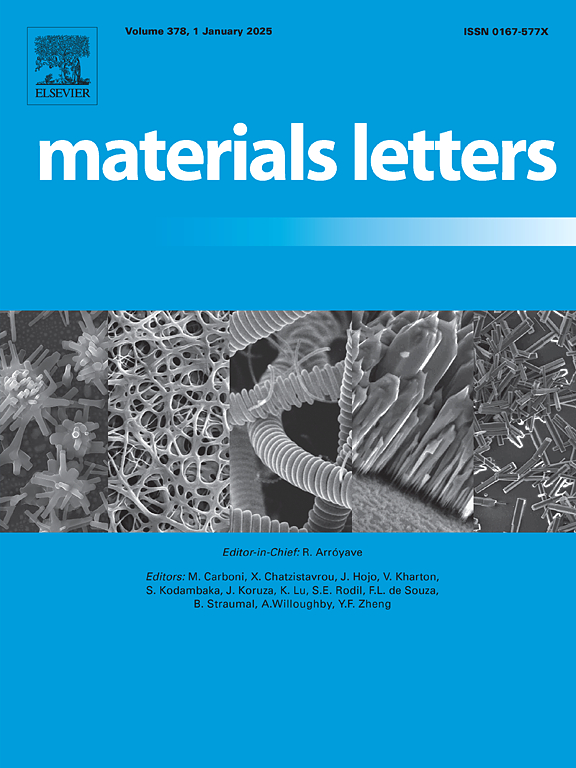Role of high-pressure CO2 pretreatment in facilitating cotton linter cellulose dissolution in aqueous NaOH/urea system
IF 2.7
4区 材料科学
Q3 MATERIALS SCIENCE, MULTIDISCIPLINARY
引用次数: 0
Abstract
In this communication, we examine how high-pressure CO2 (HPCD) pretreatment, alone and in combination with ethanol, acetic acid, or sulfuric acid, influences the dissolution behavior of cotton linter cellulose in a NaOH/urea/water system. It was found that HPCD did help to promote the dissolution of cotton linter cellulose. Among the tested systems, only the combination of HPCD and 40% sulfuric acid hydrolysis led to nearly complete cellulose dissolution, as confirmed by the results of polarized light microscopy (PLM) and UV–Vis spectroscopy. It was proposed that HPCD assisted the disruption of hydrogen bonding networks within the cellulose, thereby enhancing solvent accessibility.
高压CO2预处理在NaOH/尿素水溶液中促进棉絮纤维素溶解的作用
在本文中,我们研究了高压CO2 (HPCD)预处理,单独或与乙醇、乙酸或硫酸联合,如何影响棉絮纤维素在NaOH/尿素/水体系中的溶解行为。发现HPCD确实有助于促进棉絮纤维素的溶解。偏光显微镜(PLM)和紫外-可见光谱结果证实,在测试体系中,只有HPCD和40%硫酸水解的组合才能使纤维素几乎完全溶解。提出HPCD有助于破坏纤维素内部的氢键网络,从而提高溶剂的可及性。
本文章由计算机程序翻译,如有差异,请以英文原文为准。
求助全文
约1分钟内获得全文
求助全文
来源期刊

Materials Letters
工程技术-材料科学:综合
CiteScore
5.60
自引率
3.30%
发文量
1948
审稿时长
50 days
期刊介绍:
Materials Letters has an open access mirror journal Materials Letters: X, sharing the same aims and scope, editorial team, submission system and rigorous peer review.
Materials Letters is dedicated to publishing novel, cutting edge reports of broad interest to the materials community. The journal provides a forum for materials scientists and engineers, physicists, and chemists to rapidly communicate on the most important topics in the field of materials.
Contributions include, but are not limited to, a variety of topics such as:
• Materials - Metals and alloys, amorphous solids, ceramics, composites, polymers, semiconductors
• Applications - Structural, opto-electronic, magnetic, medical, MEMS, sensors, smart
• Characterization - Analytical, microscopy, scanning probes, nanoscopic, optical, electrical, magnetic, acoustic, spectroscopic, diffraction
• Novel Materials - Micro and nanostructures (nanowires, nanotubes, nanoparticles), nanocomposites, thin films, superlattices, quantum dots.
• Processing - Crystal growth, thin film processing, sol-gel processing, mechanical processing, assembly, nanocrystalline processing.
• Properties - Mechanical, magnetic, optical, electrical, ferroelectric, thermal, interfacial, transport, thermodynamic
• Synthesis - Quenching, solid state, solidification, solution synthesis, vapor deposition, high pressure, explosive
 求助内容:
求助内容: 应助结果提醒方式:
应助结果提醒方式:


